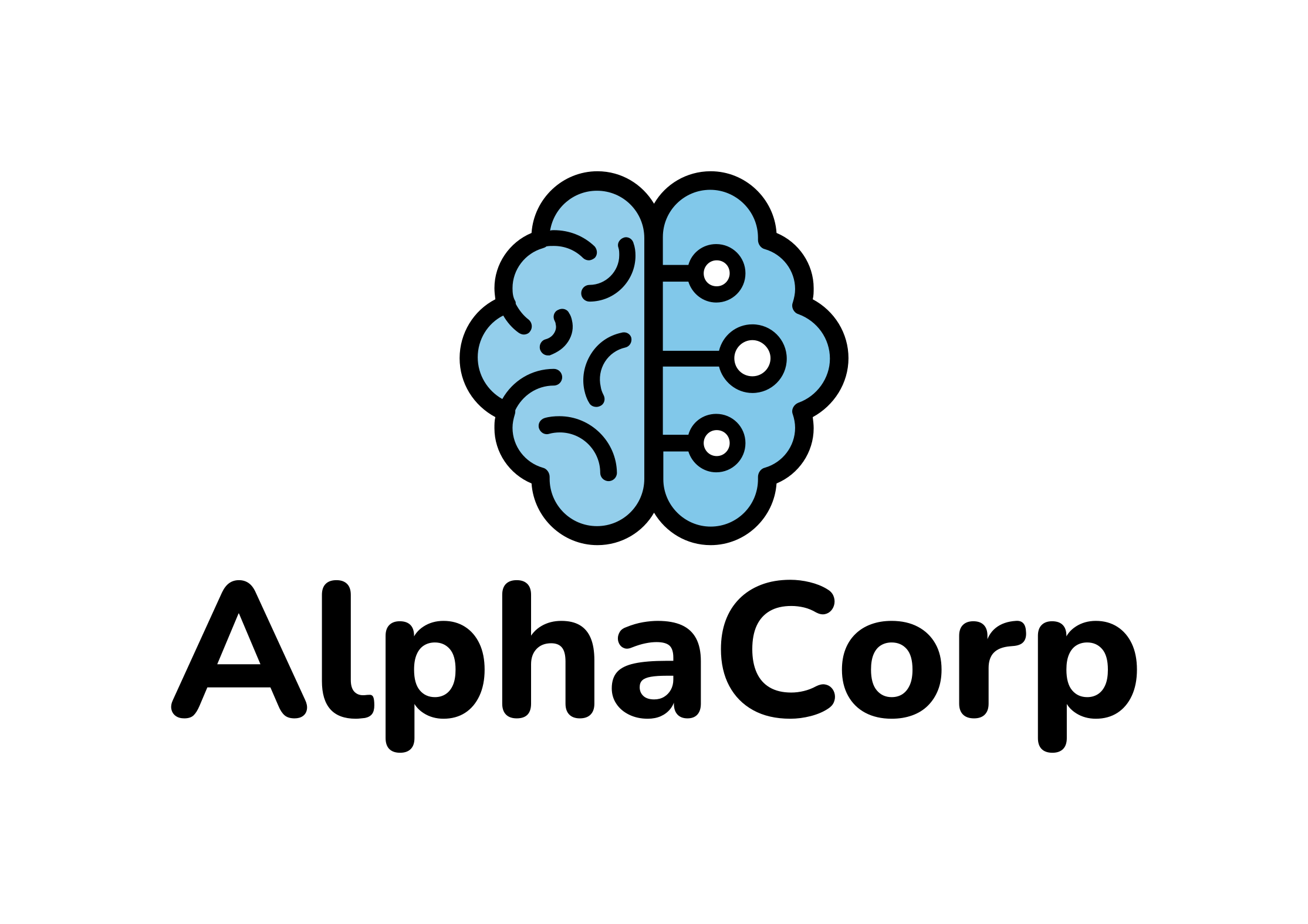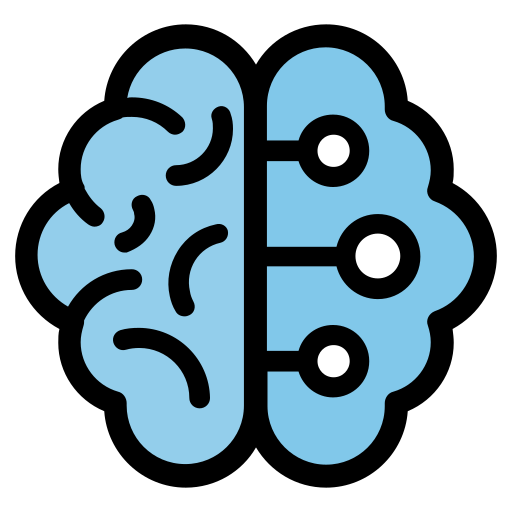Autonomous AI agents are no longer science fiction—they’re here, reshaping how businesses operate in 2025. These intelligent systems can perceive, reason, plan, and act with minimal human input, executing multi-step workflows across tools and APIs. From handling millions of customer requests to managing IT operations, autonomous AI agents promise massive productivity gains. But their rise also triggers new concerns about reliability, governance, and accountability. As recent research from AWS Insights and PwC shows, organizations are learning that scaling AI autonomy safely requires trust-first engineering, strong identity systems, and continuous oversight.
What Are Autonomous AI Agents?
In 2025, autonomous AI agents have evolved beyond chatbots and copilots. They’re software entities that can make decisions, use tools, and learn from feedback. According to AWS, autonomy exists on a spectrum—ranging from rule-based automations to fully autonomous systems that act for hours without human input. Most real-world deployments sit in the middle, using partially autonomous agents supervised by humans to balance speed and safety.
These agents rely on multi-step planning and orchestration to complete tasks like processing customer tickets or triaging IT incidents. Salesforce’s Agentforce platform exemplifies this shift, combining data integration, workflow automation, and governance controls. The result? Enterprises gain measurable ROI—while maintaining oversight through observability dashboards and human checkpoints.
> In early 2025, Salesforce’s internal deployment handled more than 1 million support requests with 93% accuracy, saving “thousands of hours per quarter,” according to enterprise reports.
Why Autonomous AI Agents Are Taking Off in 2025
Clear ROI in Trusted Domains
Enterprise adoption is accelerating where results are easily measured and risks are low. Research from PwC’s 2024 Cloud and AI Business Survey revealed that top-performing companies already see measurable gains from AI investments. Early returns are strongest in:
- Customer service: Automated triage and resolution reduce response times while improving satisfaction.
- IT operations: Agents verify logs, enrich tickets, and streamline incident response.
- Data activation: Unified data layers turn agent plans into auditable automations.
These use cases share a common feature—human-in-the-loop oversight and guardrails that prevent runaway behavior.
The Trust-First Imperative
Enterprises are learning that autonomy without trust is a nonstarter. Systems like the Gaia‑X Trust Framework and eIDAS 2.0/EUDI Wallet establish verifiable digital identities and compliance-by-automation to create trustable AI ecosystems across organizations. By embedding verifiable credentialsand continuous risk scoring into agent workflows, companies can ensure that every action is authenticated, auditable, and compliant.
As Spherity’s “AI Gigafactories” blueprint notes, verifiable *machine identities* and scoped power-of-attorney (PoA) allow organizations to grant limited autonomy while maintaining control.
The Hidden Bottlenecks: Reliability and Governance
Despite strong momentum, only about 23% of companies experimenting with autonomous agents have reached production, according to 2025 conference notes. This “pilot purgatory” often stems from unclear decision authority, missing accountability frameworks, and integration complexity.
The Reliability Math Problem
Even small error rates compound quickly. A 95% success rate per step sounds impressive—until you multiply it across ten steps, resulting in only ~60% full-process reliability. To meet enterprise standards (99.9%+ uptime), teams design bounded autonomy: short sequences, reversible actions, and human checkpoints. This staged approach—“assist → approve-to-act → act-with-notify → act-and-learn”—is now an industry best practice.
Governance Maturity as a Differentiator
Platforms like Salesforce’s Agentforce 3.0 and AWS’s staged-autonomy model embed observability and governance as core features. Dashboards track agent actions, error rates, tool usage, and escalation frequency—turning autonomy into something measurable and controllable. Okta’s guidance on AI governance adds that identity-first security and graduated permissions are essential to prevent unauthorized actions.
The Technical Foundations of Safe Autonomy
Levels of Autonomy
AWS classifies agent autonomy into four levels:
| Level | Description | Typical Use | Key Controls |
|---|---|---|---|
| 1 | Predefined actions | RPA and data tasks | QA and change control |
| 2 | Dynamic workflows | RAG flows, ticket triage | Prompt policies, approvals |
| 3 | Partially autonomous | Multi-system workflows | Guardrails, rollback, audits |
| 4 | Fully autonomous | Narrow back-office ops | Observability, emergency stop |
Most production systems in 2025 operate at Levels 2–3, combining autonomy with oversight. Full Level 4 autonomy is still rare outside tightly controlled domains.
Multi-Agent Collaboration
Recent academic work like MultiAgentBench (ACL 2025) shows that teams of agents can coordinate using structured topologies (star, graph, tree). However, success depends on explicit planning and supervision. Cognitive coordination strategies improved milestone achievement by about 3%, highlighting that even small design tweaks can yield measurable gains.
Real-Time Decision-Making
Hybrid architectures such as DPT‑Agent integrate fast, rule-based logic (“System 1”) with slower, reflective reasoning (“System 2”). This design improves real-time collaboration and keeps human oversight feasible in high-stakes environments. As AWS emphasizes, deterministic policy engines paired with LLM reasoning deliver the right balance of control and adaptability.
Building Trust: Identity, Data, and Compliance
eIDAS 2.0 and the EUDI Wallet
The EU’s eIDAS 2.0 regulation introduces the European Digital Identity (EUDI) Wallet, which stores verifiable credentials for individuals and organizations. Using standards like OpenID4VC and W3C Verifiable Credentials, agents can prove who they are and what they’re authorized to do. This identity-first approach enables cross-border trust between agents acting on behalf of companies or users.
Gaia‑X and Dataspaces
The Gaia‑X Trust Framework adds compliance-by-automation through continuous credential validation and “Trusted Catalogues.” Combined with the Eclipse Dataspace Components (EDC) standard, organizations can enforce data policies and audit usage across federated networks. This ensures that autonomous AI agents only access data under approved conditions—essential for regulated sectors like finance or healthcare.
Verifiable Credentials for Agents
Tools like Aries Cloud Agent Python (ACA‑Py) make these frameworks practical. They allow enterprises to issue and verify digital credentials for AI agents, ensuring every action is traceable and compliant. This bridges decentralized identity models with enterprise-grade deployment patterns, forming the backbone of accountable autonomy.
Agent-to-Agent Trust and Risk Management
When agents collaborate across systems, trust cannot rely on platform reputation alone. Instead, verifiable credentials and scoped authority define what each agent can do. Spherity’s trust-layer architecture proposes:
- Machine identities with cryptographic proof
- Verifiable PoA encoding limits (spending caps, prohibited actions)
- Continuous risk scoring with automated mitigations and alerts
This model mirrors how cybersecurity systems operate—“trust but verify.” Over time, agents with consistent performance could earn higher autonomy through “behavior certificates,” similar to safety certifications in aviation. This approach aligns with Gaia‑X’s continuous validation model, creating a standardized path toward scalable trust.
Enterprise Platforms Leading the Way
Salesforce Agentforce
Salesforce’s Agentforce evolution illustrates how quickly the field is maturing:
- 2024: Launch with simple automation and integrations
- Early 2025: 1M+ support requests handled with 93% accuracy
- Mid‑2025: Governance dashboards, observability tools, and deeper data federation
Its Einstein Trust Layer ensures secure, policy-aligned responses, while the Command Center monitors agent behavior and compliance in real time. This combination of autonomy and control defines what enterprise-grade AI now means.
AWS and PwC: Governance as a Growth Engine
AWS advocates for staged autonomy—gradually increasing agent independence as reliability improves. PwC’s “Agent OS” framework echoes that idea, showing how organizations can double workforce capacity when governance disciplines are in place. Both argue that AgentOps—tracking, testing, and auditing agents—is as important as traditional DevOps.
Governance in Action: From Principles to Proof
Organizations are moving from abstract ethical principles to provable control frameworks. According to Pacific AI, successful governance combines transparency, accountability, and continuous oversight.
Key Governance Controls
| Risk | Control | Framework |
|---|---|---|
| Unauthorized actions | Machine identity + verifiable PoA | eIDAS 2.0, W3C VC |
| Hidden non‑compliance | Continuous validation | Gaia‑X GXDCH |
| Opaque decisions | Human-readable audit trails | Okta transparency |
| Unsafe autonomy | Graduated permissions, kill switch | AWS emergency stop |
| Cross-organization data use | Policy-enforced dataspaces | IDS/EDC standards |
This layered model transforms governance into a strategic enabler, not a constraint—allowing autonomy to scale safely and compliantly.
Measuring Success: ROI and Risk Metrics
To prove value, enterprises now track both performance and risk:
- Efficiency: Requests handled per agent-hour, deflection rates
- Quality: Accuracy compared to human baselines
- Revenue: Conversion or upsell lift
- Risk: Violations prevented, emergency stop activations
These metrics make autonomy measurable. As Sirocco Group’s Salesforce analysis shows, strong observability directly correlates with ROI realization.
The Road Ahead: 2025–2030
Between 2025 and 2026, most enterprises will focus on governed production—deploying Level 2–3 agents in customer service, IT, and sales operations. By 2027–2030, we’ll see multi-agent ecosystems spanning organizations, powered by verifiable credentials, Gaia‑X compliance, and OpenID4VCIstandards. These systems will dynamically adjust autonomy based on risk scores and operational history.
Economic projections cited by CDO Times suggest that agentic AI could contribute up to $4.4 trillion to global GDP by 2030. But realizing that potential depends on one thing: trust that scales.
Conclusion: Why Trust-First Autonomy Wins
In 2025, autonomous AI agents are both exciting and nerve-wracking—powerful enough to transform work, yet dangerous if left unchecked. The research is clear: organizations that succeed will treat trust as architecture, not afterthought. They’ll implement verifiable identities, scoped authority, continuous validation, and human oversight at every step.
EU frameworks like eIDAS 2.0, Gaia‑X, and Eclipse Dataspace Components offer a proven blueprint for safe, interoperable ecosystems. Enterprises that invest now in identity-first governance and AgentOps discipline will unlock measurable ROI in the near term—and lead the next decade of AI innovation with confidence.

